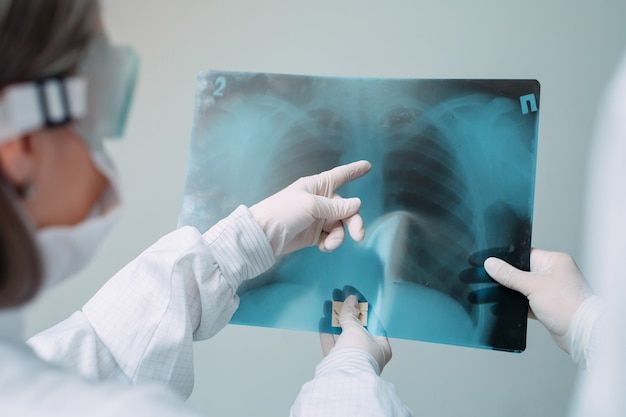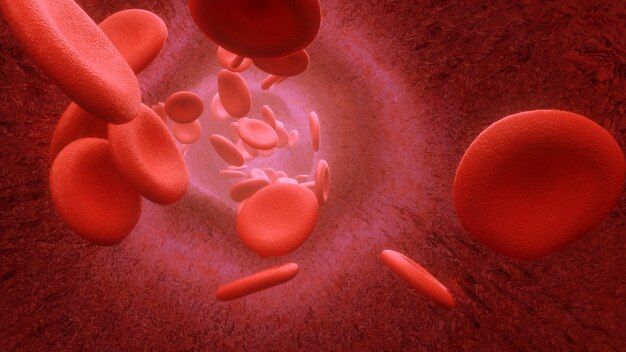EPILEPSY AND SEIZURES
By: ICMO
Epilepsy is a neurological disorder that causes recurrent unprovoked seizures
A seizure is a sudden surge of electrical activity in the brain that usually happens in a short span of time. Two (2) unprovoked seizures with no known or other medical conditions may mean that you have an epilepsy.

General Seizure Symptoms
In general, seizure symptoms are:
- Uncontrollable jerking and shaking
- Staring blankly into space
- Stiffing
- Loss of awareness or consciousness

Types of Seizures
Different ways seizures can manifest, depending on the area of the brain affected and the severity of the episode. They are primarily categorized into two groups
Focal (Partial) Seizure
This seizure only affects one part of the brain.
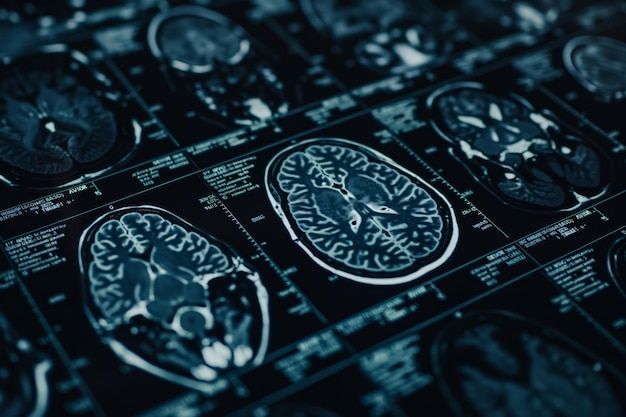
Generalized Seizures
These seizures affect all areas of the brain.

Focal (Partial) Seizure
01
Simple partial seizure
Simple partial seizures do not include loss of consciousness or awareness. This may alter emotions or how something looks, tastes, feels, smells or sounds. Also, involuntary jerking of a body part, tingling sensations, dizziness and seeing flashing lights are results of this seizure.
02
Complex partial seizure
Complex partial seizures include loss of consciousness or awareness. This may include staring blankly, being unresponsive to the environment and performing repetitive movements.
General Seizures
01
Absence Seizures
This seizure causes a short loss of awareness, staring blankly into space and subtle repetitive movements.
02
Tonic Seizures
This seizure usually affects your back, arm and leg muscles causing it to become stiff.
03
Atonic Seizures
This seizure makes you lose control of your muscles.
04
Clonic Seizures
This seizure usually affects the neck, face and arms causing repetitive, jerking or rhythmic movements.
05
Myoclonic Seizures
This seizure causes sudden, brief jerking or twitching of arms and legs.
06
Tonic-clonic Seizures
This seizure causes abrupt loss of consciousness, stiffening and shaking of the body, and sometimes, loss of bladder control and biting of the tongue.
Blood Count and Blood Chemistry
These tests will show infections or conditions that may cause seizures.
Diagnostic Procedures for Epilepsy
Seizures may be the main symptom of epilepsy but there are other factors that may have caused it. Your doctor might require these tests to rule out other seizure causes.
Electroencephalogram (EEG)
This test measures the electrical activity of your brain. Changes in normal brain activity patterns are common in people with epilepsy.
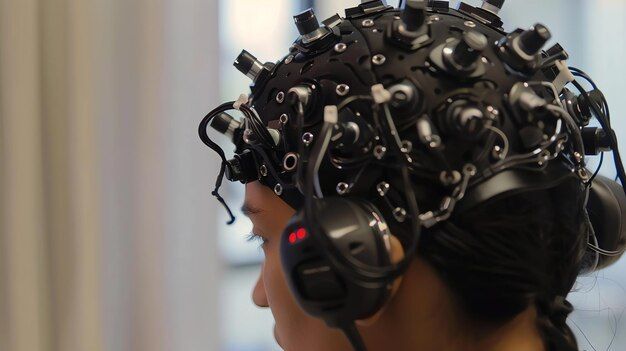
Computed Tomography Scan (CT-Scan)
This test shows cross-section images of the brain that reveal abnormalities that may be causing seizures.
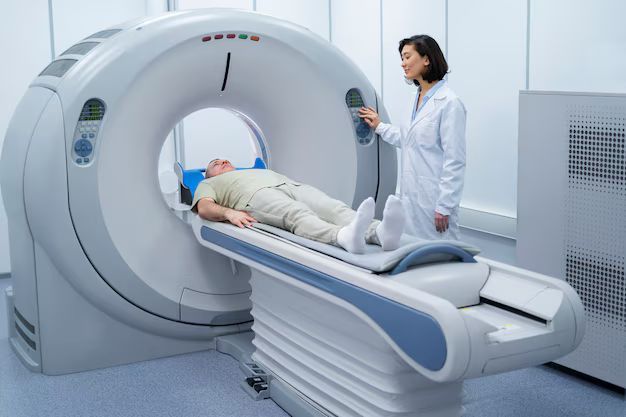
Magnetic Resonance Imaging (MRI)
This imaging test shows a more detailed images of the brain where lesions or abnormalities that are causing seizure may be detected.
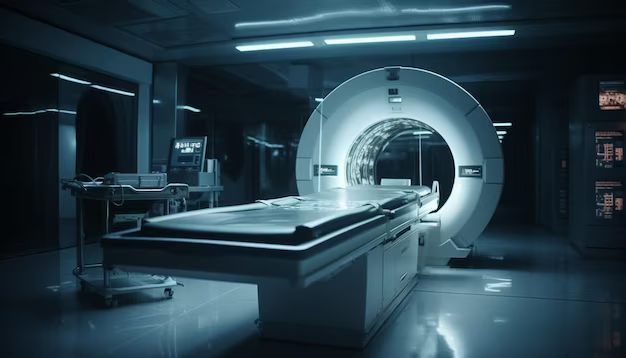
Positron Emission Tomography (PET Scan)
This test uses a small amount of low-dose radioactive material injected in the vein to visualize abnormal and injured areas of the brain and to detect abnormalities.
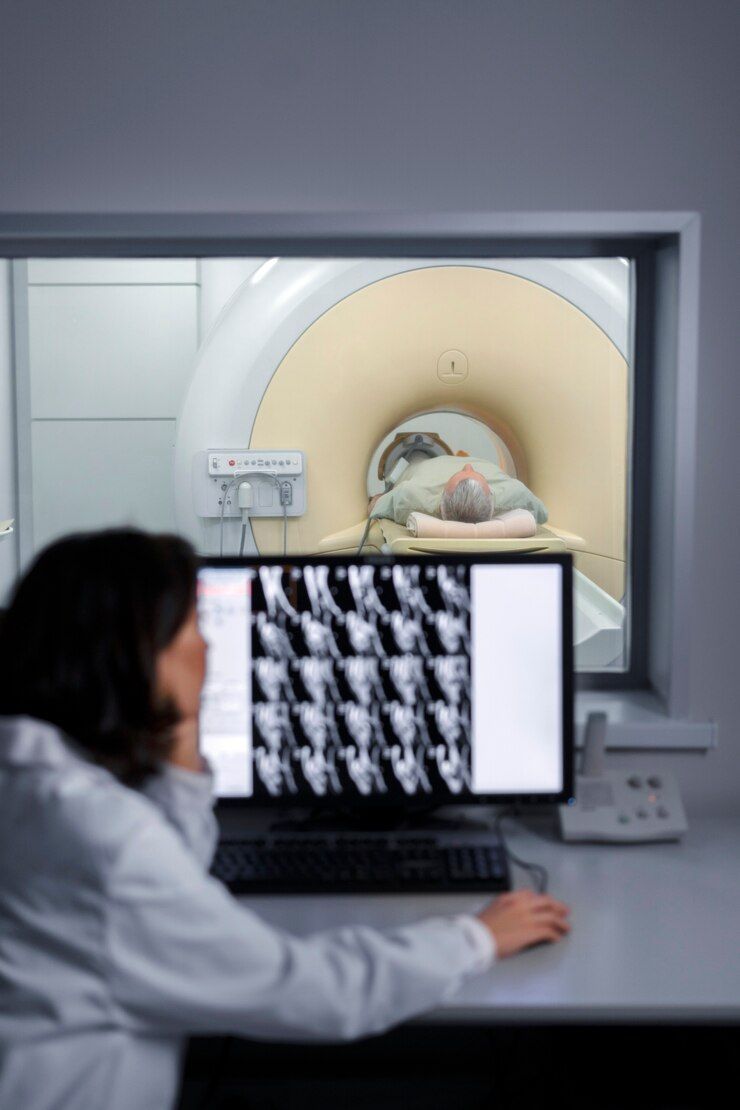
Hospital Services
We offer accurate, precise and efficient diagnostic tests that may cater your needs.
For inquiries, you may call
(046) 481-8000 or (02) 8988-3100 | Laboratory Department – local 1208 | Radiology Services – local 1301 | Electroencephalogram (EEG) Unit – local 1069
References:
Epilepsy Foundation
https://www.epilepsy.com/learn/about-epilepsy-basics/what-epilepsy
Healthline
https://www.healthline.com/health/epilepsy
Mayo Clinic
National Health Service
https://www.nhs.uk/conditions/epilepsy/
DISCLAIMER
All content found on the DLSUMC website, including text, graphics, images, audio or other formats were created for general informational purposes only and are not intended or implied to be substitutes for professional medical advice, diagnosis or treatment.
If you think you may have a medical emergency, call your doctor, go to the emergency department, or call your local emergency hotline immediately.









